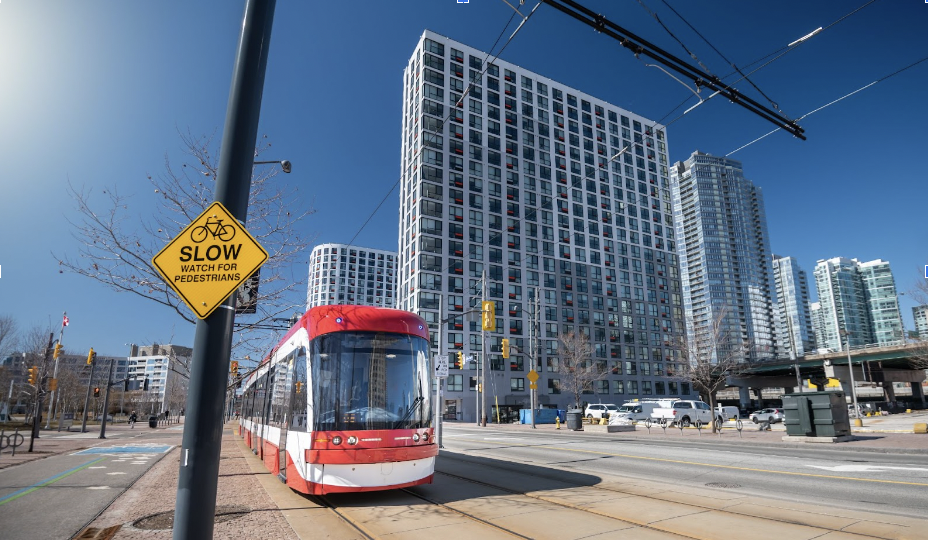
Transit-oriented developments (TODs) represent more than just convenience; they are a pivotal strategy in promoting a greener and more sustainable urban environment. By integrating residential, commercial, and leisure spaces with public transit systems, TODs not only facilitate easier and more efficient commutes but also foster long-term environmental benefits. These developments encourage reduced car dependency, lower emissions, and more efficient land and resource use, contributing significantly to the health of our planet.
Here are some of the key advantages transit-oriented developments offer:
Reduction in Greenhouse Gas Emissions
Transit-oriented developments encourage the use of public transit, biking, and walking, leading to reduced reliance on private vehicles. This shift reduces greenhouse gas emissions, as public transportation systems are generally more efficient and produce fewer emissions per passenger kilometer than cars. By clustering residential, retail, and recreational spaces around transit hubs, TODs minimize the carbon footprint associated with daily commutes and errands, contributing to cleaner air and a healthier environment.
Increased Energy Efficiency
The compact nature of TODs promotes energy efficiency. Buildings in these developments often share walls, which reduces heat loss and energy costs. Moreover, the high density encourages the use of energy-efficient heating and cooling systems, such as district heating or centralized air systems. This integration not only lowers individual energy use but also reduces the overall environmental impact by optimizing resource consumption.
Preservation of Natural Landscapes and Biodiversity
By focusing development around transit hubs, TODs help to preserve natural landscapes and prevent urban sprawl. This approach conserves land and maintains biodiversity by reducing the need to build on undeveloped green spaces. Furthermore, the planning of TODs often incorporates green building designs and landscaping that enhance local biodiversity, providing habitats for various species within urban settings.
Improved Water Management
Transit-oriented developments are designed with sustainability in mind, including better water management practices. These developments often incorporate green infrastructure, such as permeable pavements, green roofs, and rain gardens, which help manage stormwater runoff and reduce the burden on urban sewer systems. This not only prevents pollution of local waterways but also mitigates the risk of flooding during heavy rainfall.
Enhanced Air Quality
TODs reduce the need for long commutes and the number of cars on the road, significantly lowering air pollution. Improved air quality is directly linked to better public health outcomes. Furthermore, the emphasis on pedestrian-friendly and bicycle-friendly environments in TODs contributes to a reduction in pollutants, offering residents cleaner air and a more pleasant living environment.
These are some of the many trickle-down benefits of transit-oriented communities in cities. Medallion’s very own transit-oriented community, steps away from the future Finch West LRT, is now leasing 1-, 2-, and 3-bedroom suites! Call us at (647) 578 7570 or email us at emerycrossingrentals@medallioncorp.com to find your dream home!



